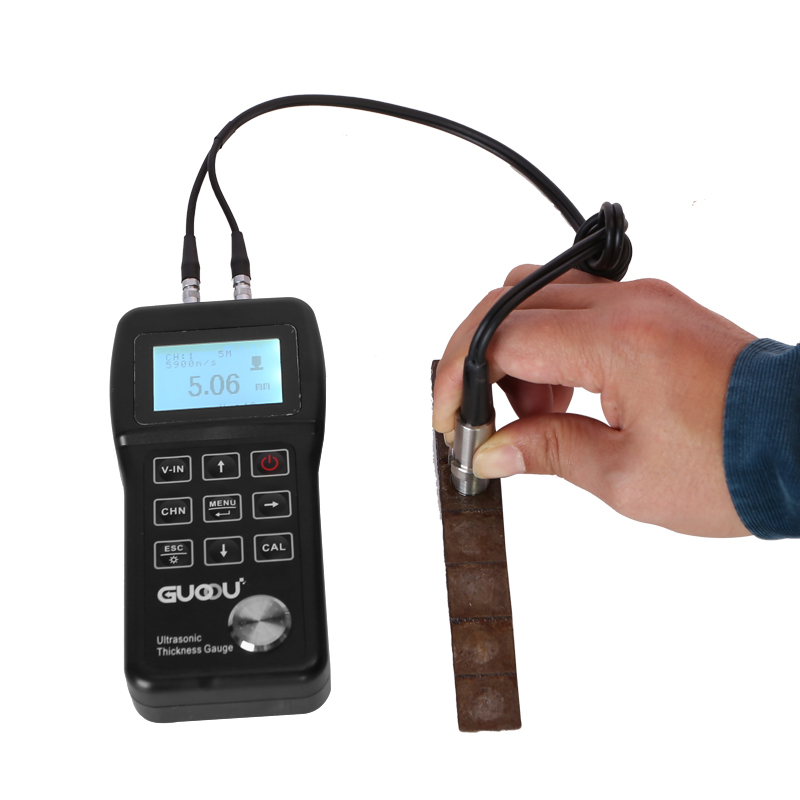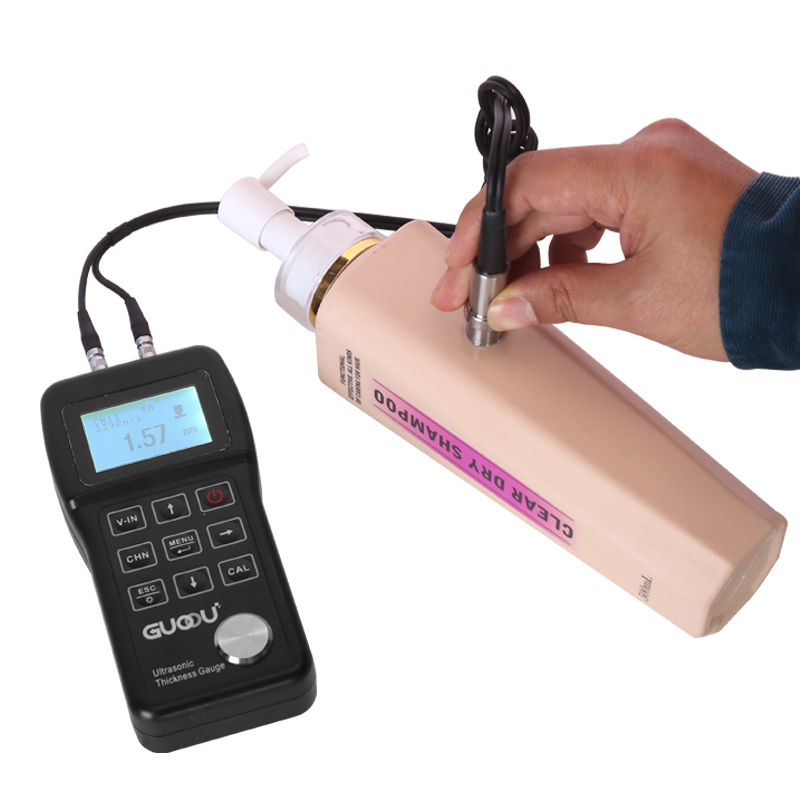
Ultrasonic thickness gauge is a common pipe wall thickness inspection tool. It uses the principle of ultrasonic reflection arc to accurately determine its thickness. The measuring instrument and principle are generally applicable to the detection of gas pipelines. The thickness is judged by the value of ultrasonic measurement, so that The surveyor knows the corrosion status of the pipeline.
There are news of gas pipeline explosions every year, and safety inspections are the guarantee for people’s lives and property. Next, let's talk about the verification process of the gas pipeline measurement operation and the criteria for judging the degree of corrosion.
Gas pipeline verification process of ultrasonic thickness gauge:
1. Regularly fix and track the gas pipeline in the area, and save and back up the measurement data of the ultrasonic thickness gauge. The theoretical data needs to exist on the computer server for 5 years, and the personnel changes and follow-up observations are used for judgment.
2. When measuring with ultrasonic thickness gauge, check that the surface is smooth. If the anti-corrosion layer of the pipeline falls off, or the dust is too thick, it needs to be cleaned with sandpaper or rag to ensure the authenticity of the measurement data.
3. Ensure that the ultrasonic thickness gauge is well calibrated, and then squeeze an appropriate amount of couplant mucus on the point to be measured. Avoid reducing the shaking of the handheld probe during measurement.
4. Measurement and value range, the selected measurement area is not less than 3cm*5cm. Using the "Z"-shaped scanning thickness measurement method, a total of 5 valid data need to be measured and recorded. For the sake of rigorous and conservative attitude, the smallest measurement value shall prevail.
5. Every measurement range point needs to be marked. First, to avoid the construction of the anti-corruption layer being reinforced, the original point will be covered up, and second, to facilitate the second retest, and the same point is more valuable for reference. .

When we know how to measure, we can make a standard judgment of the degree of corrosion based on the data of the ultrasonic thickness gauge:
The grading is carried out according to the thinning of the pipeline, with the local thinning amount of 20% as the first level, and it is divided into four grades: A, B, C, and D.
Grade A: The original pipe wall thickness is reduced by 0%-20%, which is a slightly corrosive gas pipe and can be measured twice a year.
Class B: The original pipe wall thickness has been reduced by 20%-40%, which is a more corrosive gas pipeline and needs to be measured every quarter.
Class C: The original pipe wall thickness is reduced by 40%-60%, which is a serious corrosion to the gas pipeline. Special marking is required, and the measurement is carried out once a month, and it is included in the gas pipeline replacement plan.
Class D: The original pipe wall thickness is reduced by 60% or more, and the gas pipe will not be allowed to continue to be used. The measurement report should be reported to the responsible person in charge




